Leukemia Immunotherapy Selector
Select Patient and Disease Characteristics
Recommended Treatment Option
Enter patient details and click "Determine Recommended Immunotherapy" to see the suggested treatment approach.
CAR T Genetically modified T cells targeting specific antigens
Checkpoint Inhibitors Block immune checkpoints to re-activate T cells
Monoclonal Antibodies Bind to surface markers and recruit immune cells
Cytokine Therapy Boost immune cell activity with signaling molecules
- Results are for educational purposes only
- Actual treatment decisions should involve oncologists
- Availability varies by treatment center
- Each patient's case is unique
When it comes to modern cancer care, immunotherapy has become the buzzword that promises a new era of hope, especially for blood cancers like leukemia. Unlike traditional chemotherapy that attacks fast‑dividing cells indiscriminately, immunotherapy enlists the body’s own immune system to hunt down malignant cells, offering a more precise attack with the potential for long‑lasting remission.
What is Immunotherapy?
Immunotherapy is a treatment approach that leverages the patient’s immune mechanisms-such as T cells, antibodies, and cytokines-to recognize and destroy cancer cells. It originated from early experiments in the 1890s, but only in the past two decades has technology advanced enough to make it a mainstream option.
Why Leukemia Needs a Different Strategy
Leukemia is a group of cancers that start in the bone marrow and affect white blood cells. Because the disease lives in the bloodstream, it spreads quickly and often evades chemotherapy‑induced death. Traditional regimens can cause severe marrow suppression, leading to infections and bleeding. Immunotherapy offers a way to target leukemic cells while sparing healthy blood components, reducing collateral damage.
Key Types of Immunotherapy Used in Leukemia
- CAR T‑cell therapy modifies a patient’s T cells to express chimeric antigen receptors that bind specific leukemia antigens, most commonly CD19
- Checkpoint inhibitors block proteins like PD‑1 or CTLA‑4 that cancer cells use to turn off T‑cell activity
- Monoclonal antibodies are lab‑grown proteins that attach to leukemia‑specific surface markers, flagging them for immune destruction
- Cytokine therapy uses signaling molecules such as interleukin‑2 to boost the activity of natural killer cells and T lymphocytes
CAR T‑Cell Therapy: The Trailblazer
CAR T‑cell therapy has reshaped the treatment landscape for acute lymphoblastic leukemia (ALL) and certain chronic lymphocytic leukemias. After leukapheresis, a patient’s T cells are harvested, genetically engineered to express a CD19‑specific receptor, expanded, and infused back. Clinical trials reported complete remission rates of 80‑90% in pediatric ALL, a figure that far exceeds historic chemotherapy results.
FDA the U.S. regulatory agency that evaluates safety and efficacy of medical products approved the first two CAR T products-tisa‑cel and brex‑cel-in 2017, paving the way for more specialized constructs targeting CD22 and CD123.
Checkpoint Inhibitors: Releasing the Brakes
Checkpoint inhibitors such as pembrolizumab (PD‑1 blocker) and ipilimumab (CTLA‑4 blocker) have shown activity in Hodgkin lymphoma and certain myelogenous leukemias. By preventing tumor‑induced immune suppression, these drugs allow existing T cells to recognize and attack leukemia cells.
Response rates vary: in relapsed acute myeloid leukemia (AML), PD‑1 blockade yields a 15‑20% overall response, but combining checkpoint inhibitors with hypomethylating agents lifts that to roughly 35% in recent phaseII studies.

Monoclonal Antibodies and Antibody‑Drug Conjugates
Agents like rituximab (anti‑CD20) and blinatumomab (a bispecific T‑cell engager linking CD19 to CD3) have become staples in pediatric and adult ALL protocols. Blinatumomab, for example, mediates a 30% reduction in measurable residual disease, translating into improved survival.
Antibody‑drug conjugates such as inotuzumab ozogamicin deliver a cytotoxic payload directly to CD22‑positive leukemic cells, achieving remission in over 70% of heavily pre‑treated patients.
Side‑Effect Profile: What to Expect
Immunotherapy isn’t free of risks. CAR T‑cell therapy can trigger cytokine release syndrome (CRS), characterized by fever, hypotension, and organ dysfunction; severe cases require tocilizumab or steroids. Neurotoxicity, known as immune effector cell‑associated neurotoxicity syndrome (ICANS), may cause confusion or seizures.
Checkpoint inhibitors can cause immune‑related adverse events (irAEs) affecting the skin, gut, liver, and endocrine glands. Most irAEs are manageable with corticosteroids, but permanent organ damage can occur if not caught early.
Monoclonal antibodies may lead to infusion reactions, cytopenias, or infections due to B‑cell depletion.
Choosing the Right Immunotherapy: Decision Guidelines
Clinicians weigh several factors:
- Disease subtype: CD19‑targeted CAR T is ideal for B‑cell ALL; AML may benefit more from checkpoint‑combo regimens.
- Prior treatment history: Patients who have exhausted chemotherapy lines are prime candidates for CAR T or antibody‑drug conjugates.
- Patient fitness: Severe comorbidities increase the risk of CRS or irAEs, steering doctors toward less intensive monoclonal antibodies.
- Availability: Center‑specific expertise and regulatory approvals dictate which options are on the table.
For many, a stepwise approach-starting with monoclonal antibodies, moving to checkpoint inhibitors, and reserving CAR T for refractory disease-optimizes outcomes while managing toxicity.
Future Directions: What’s on the Horizon?
Research is expanding beyond CD19. Multi‑antigen CAR constructs aim to prevent tumor escape by targeting both CD22 and CD123 simultaneously. Off‑the‑shelf allogeneic CAR T cells, edited to remove graft‑versus‑host disease markers, promise quicker access and lower manufacturing costs.
Combination strategies are gaining traction: pairing checkpoint inhibitors with hypomethylating agents, or integrating cytokine therapy to bolster CAR T persistence. Early phase trials report synergy, with response rates climbing above 90% in selected cohorts.
Personalized neoantigen vaccines, designed from a patient’s unique leukemia mutational profile, are being tested alongside checkpoint blockade, potentially turning “cold” leukemias into immunologically active targets.
Quick Takeaways
- Immunotherapy harnesses the immune system to target leukemia cells more precisely than chemotherapy.
- CART‑cell therapy offers the highest remission rates for B‑cell ALL but carries risks of CRS and neurotoxicity.
- Checkpoint inhibitors and monoclonal antibodies provide effective alternatives, especially when combined with other agents.
- Side‑effects differ by modality; early monitoring and intervention are critical.
- Future advances focus on multi‑target CARs, off‑the‑shelf products, and rational combination therapies.
Comparison of Major Immunotherapy Options for Leukemia
| Attribute | CAR T‑cell therapy | Checkpoint inhibitors | Monoclonal antibodies |
|---|---|---|---|
| Primary mechanism | Genetically engineered T cells target CD19 (or other antigens) | Block PD‑1/CTLA‑4 pathways to reactivate T cells | Bind surface antigens; may recruit immune cells or deliver cytotoxins |
| FDA‑approved leukemia indications | Relapsed/refractory B‑cell ALL, certain lymphomas | Relapsed/refractory Hodgkin lymphoma, some AML trials | ALL (blinatumomab), CLL (rituximab), AML (inotuzumab) |
| Overall response rate (selected trials) | 80‑90% complete remission | 15‑35% depending on combination | 30‑70% depending on disease and agent |
| Common severe side‑effects | CRS, ICANS | Immune‑related colitis, hepatitis, endocrinopathies | Infusion reactions, cytopenias, infections |
| Typical treatment setting | After ≥2 prior lines of therapy | Often combined with chemotherapy or hypomethylating agents | First‑line or bridging to transplant |
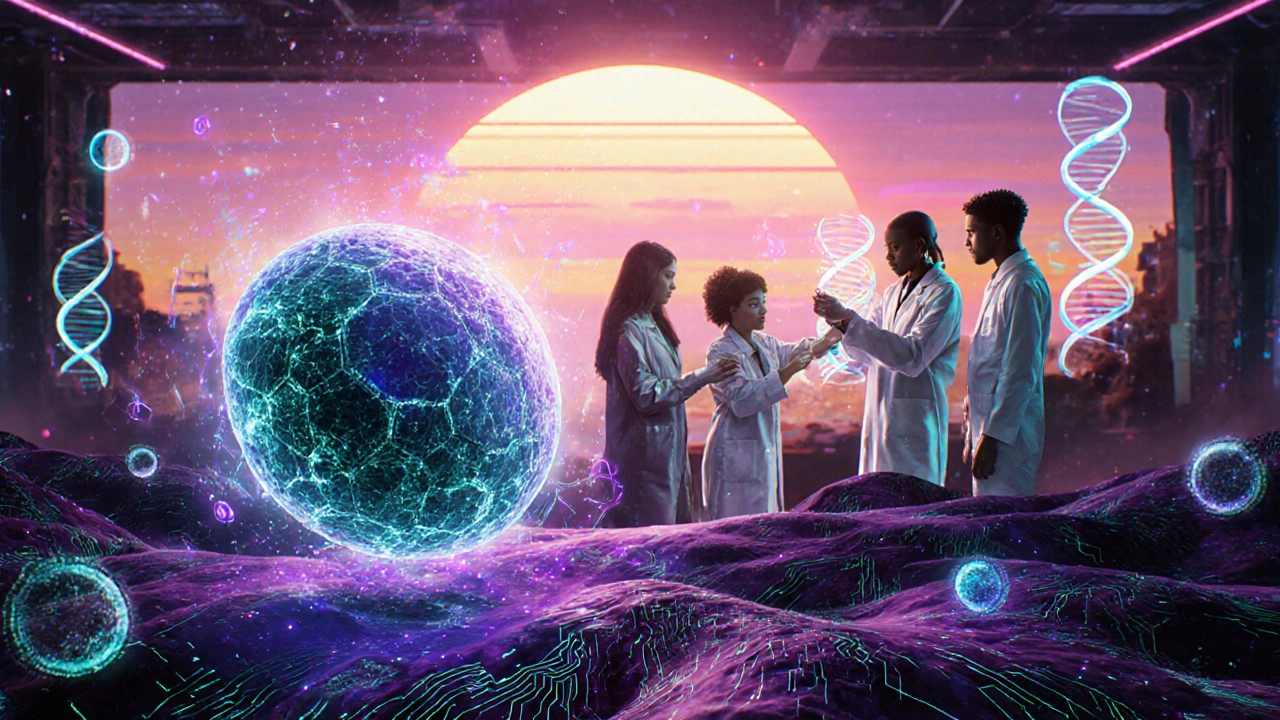
Frequently Asked Questions
Is immunotherapy curative for leukemia?
For certain subtypes, especially B‑cell ALL, CAR T‑cell therapy can induce lasting remission that functions like a cure for many patients. However, not all leukemias respond, and some patients relapse, so ongoing monitoring and possible consolidation with transplant remain common.
What determines eligibility for CAR T‑cell therapy?
Eligibility usually requires adequate organ function, no uncontrolled infections, and a disease that expresses the target antigen (e.g., CD19). Patients must also have failed at least two prior treatment lines, though some trials are testing earlier use.
How are side‑effects like cytokine release syndrome managed?
Mild CRS often resolves with supportive care. Moderate to severe cases are treated with tocilizumab, an IL‑6 receptor blocker, and sometimes high‑dose steroids. Early recognition using fever, hypotension, and lab trends is key.
Can immunotherapy be combined with traditional chemotherapy?
Yes. Many protocols pair checkpoint inhibitors with hypomethylating agents or low‑dose chemotherapy to increase antigen presentation. Such combos have shown higher response rates in AML without dramatically increasing toxicity.
What is the typical timeline from diagnosis to receiving immunotherapy?
CAR T‑cell manufacturing can take 2‑4 weeks after leukapheresis, plus pre‑conditioning chemotherapy. Checkpoint inhibitors are usually available off‑the‑shelf and can start within days. Monoclonal antibodies may be administered weekly or bi‑weekly depending on the regimen.

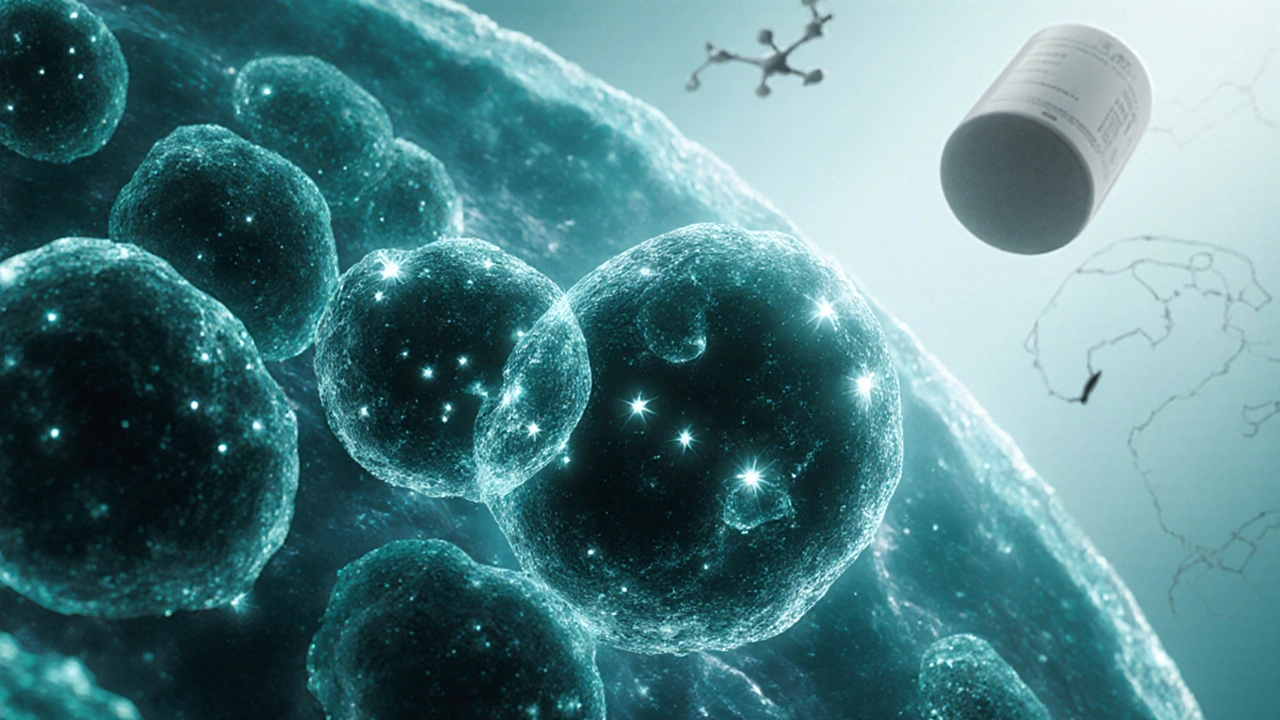

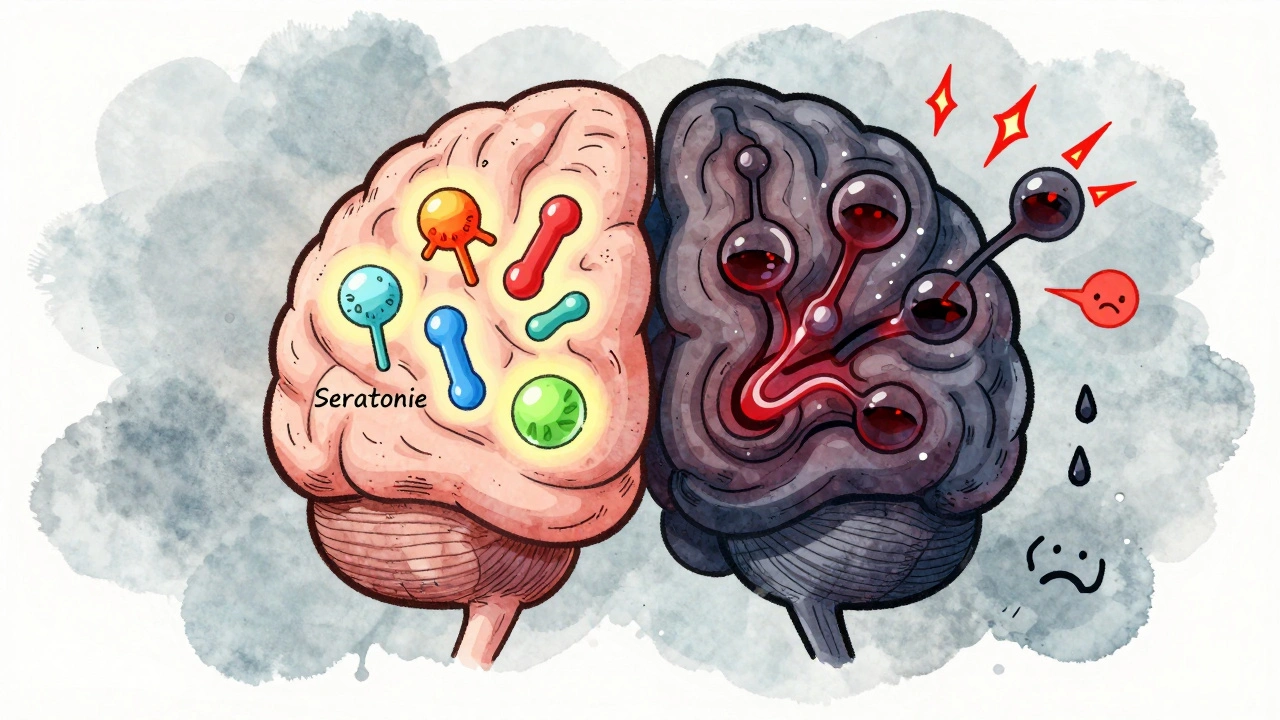
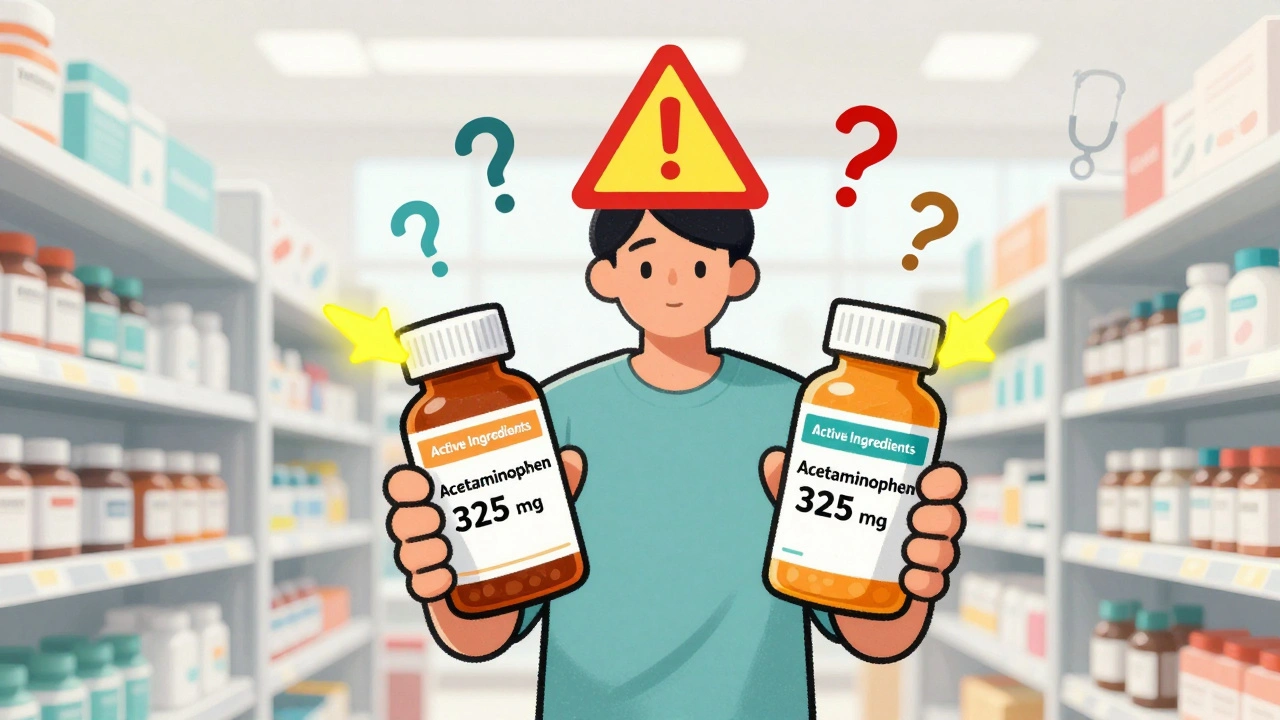
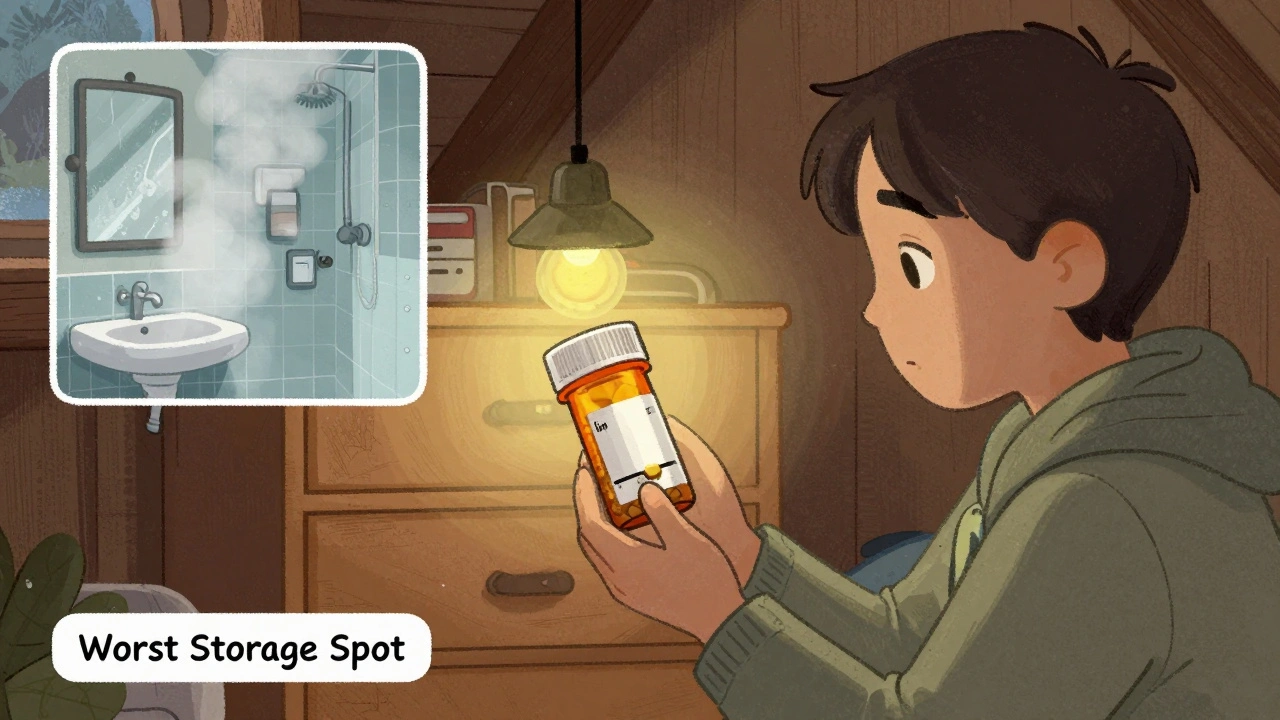
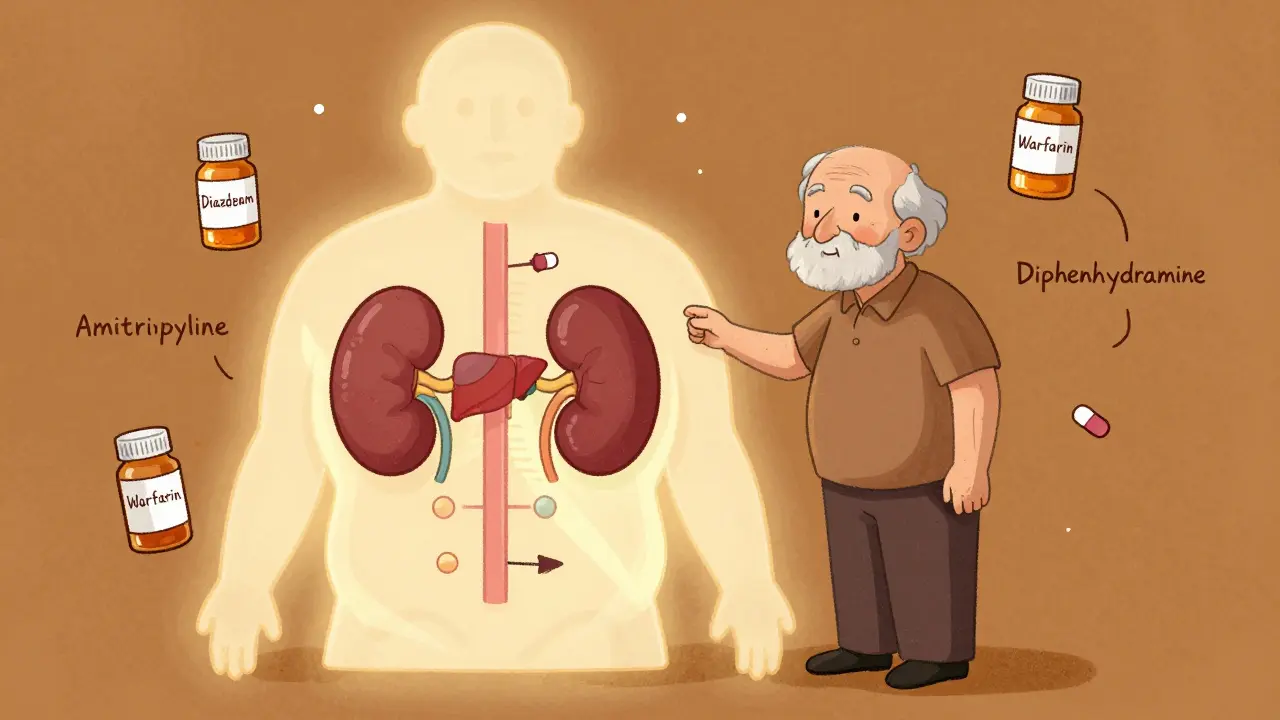
Sue Berrymore
October 4, 2025 AT 16:42When you read about the breakthroughs in leukemia immunotherapy, you can feel the pulse of a new dawn rippling through the oncology world. The way CAR‑T cells hunt down malignant B‑cells is nothing short of a cinematic showdown, where engineered warriors outsmart the enemy at the molecular level. Imagine a patient who has exhausted chemo, suddenly finding hope in a therapy that rewires their own immune system to become a living missile. The dramatic swing from despair to triumph is amplified by the staggering remission rates-up to ninety percent in pediatric ALL trials. Yet, this miracle does not come without its shadows; cytokine release syndrome and neurotoxicity remind us that power must be wielded with care. The key, then, is meticulous patient selection, ensuring the target antigen is present and the patient’s organ function can tolerate the storm. On the clinical front, the combination of checkpoint inhibitors with hypomethylating agents is forging a pathway for AML patients who once had few options. Each trial that reports a higher response rate adds another brick to the foundation of a future where leukemia may be a chronic, manageable condition rather than a death sentence. The stories from survivors who have returned to school, work, and family life fill the corridors of research centers with palpable optimism. Because of this, we as a community must champion broader access, lobbying for insurance coverage and expanding manufacturing capacity. That collective push will turn these cutting‑edge treatments from a boutique option into a standard of care. Let’s remember that behind every data point lies a human being yearning for normalcy. So keep the momentum, celebrate each incremental success, and stay vigilant for the next wave of innovation that will push remission rates even higher. The journey is long, the challenges are real, but the horizon is bright, and together we can turn this transformative science into a lasting cure.
Jeffrey Lee
October 7, 2025 AT 18:42Sure, but if u think this hocus‑pocus stuff is gonna replace chemo overnight, you’re dreaming.
Ian Parkin
October 10, 2025 AT 20:42While I appreciate the enthusiasm demonstrated, it is essential to maintain a measured perspective regarding the current evidence base. The clinical trials cited, although impressive, frequently involve highly selected patient cohorts and may not extrapolate to broader populations. Moreover, long‑term follow‑up data remain limited, particularly concerning late‑onset toxicities. Therefore, a balanced appraisal that integrates both efficacy and safety is warranted. In light of these considerations, continued rigorous investigation is indispensable.
Julia Odom
October 13, 2025 AT 22:42The data you highlighted underscores a genuine shift in treatment paradigms, and the language you used captures that excitement beautifully. It is heartening to see such a thorough breakdown of mechanisms-from CAR‑T to checkpoint blockade-presented with clarity. As clinicians and patients alike navigate these options, the emphasis on individualized decision‑making cannot be overstated. Kudos for assembling such a comprehensive overview.
Danielle Knox
October 17, 2025 AT 00:42Oh great, another miracle drug-just what we needed to complicate insurance forms.
Mark Evans
October 20, 2025 AT 02:42It’s true, the bureaucracy can feel like an extra layer of challenge, but the underlying science remains compelling. When patients gain even a fraction of that remission probability, the effort is justified. Collaboration between payers, providers, and researchers will smooth the path forward. Let’s keep pushing for pragmatic solutions.
Megan C.
October 23, 2025 AT 04:42Honestly, you’re glossing over the ethical ramifications of off‑label use in desperate patients. The hype often drowns out the sober reality of limited access and high costs. We must demand transparency before celebrating every new therapy.
Greg McKinney
October 26, 2025 AT 05:42Another hype cycle, same old story.
Dawna Rand
October 29, 2025 AT 07:42Hey, I get the skepticism, but the patient stories are truly inspiring! 🌟✨
Effie Chen
November 1, 2025 AT 09:42Exactly! Seeing a child dance after CAR‑T is worth all the fuss. 💃🏽❤️
rohit kulkarni
November 4, 2025 AT 11:42In the grand tapestry of medical progress, each thread of immunotherapy weaves together hope and caution; the balance of these forces shapes the destiny of countless lives. One must contemplate not merely the statistical triumphs-such as remission rates soaring beyond eighty percent-but also the quieter shadows of cytokine storms, neurotoxicity, and socioeconomic disparity. The elegance of engineered T‑cells mirrors the complexity of nature's own defenses, reminding us that humanity’s ingenuity is both a gift and a responsibility. When we integrate checkpoint inhibitors with hypomethylating agents, we are, in essence, composing a symphony of synergistic mechanisms, each note demanding precise timing and dosage. Yet, without rigorous long‑term surveillance, the melody may devolve into dissonance, echoing unforeseen sequelae. Thus, the ethical stewardship of these therapies obliges clinicians, researchers, and policymakers to pursue transparency, equitable access, and sustainable manufacturing. Only through such holistic vigilance can the promise of immunotherapy fulfill its potential, transcending fleeting breakthroughs to become a lasting paradigm shift. Consequently, we stand at a crossroads where science, compassion, and justice converge, beckoning us to act with both boldness and humility.
RONEY AHAMED
November 7, 2025 AT 13:42Well said, man. Let’s keep the conversation grounded and practical.
emma but call me ulfi
November 10, 2025 AT 15:42Totally agree, staying chill is key.